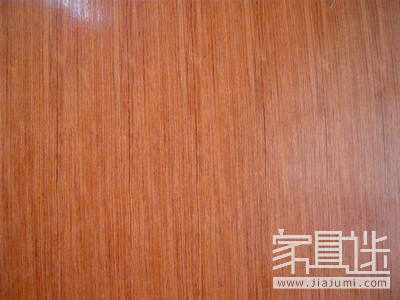Veneer is a popular surface material widely used in wardrobes, cabinets, dining tables, and chairs. It helps conserve natural wood while offering a wide range of wood grain patterns and sizes, making it an essential component in modern home decoration. In general, veneer refers to a thin layer of wood or fiber that is applied over a base material. It cannot be used as a standalone surface. Some people might confuse veneer with tiles, but in reality, veneer is more like a wooden panel that can be used for wall coverings or furniture surfaces. Walnut Veneer Commonly used wood decorative panels typically come in standard dimensions such as 2440x1220 mm, 1000x2000 mm, 1220x2000 mm, and 1200x3000 mm. The thickness usually ranges from 3 mm, but other options are available, including 0.9 mm, 1.2 mm, 1.5 mm, 1.8 mm, 2.0 mm, 2.7 mm, 3.0 mm, and 3.6 mm. Thicker veneers tend to offer better performance, resulting in a more solid feel after painting, clearer wood grain, brighter color, and higher saturation. Related Reading: A Guide to Choosing the Right Veneer When selecting veneer, keep the following points in mind: (1) Choose a veneer with low formaldehyde emissions. You can test this by smell—strong odors often indicate high formaldehyde levels, which can be harmful. Always check for environmental protection certificates, even if they may cost a bit more upfront. In the long run, they help reduce indoor pollution and avoid costly repairs later on. (2) Ensure there is no glue separation or delamination. The structure should be stable, with no bubbles or peeling between the veneer and the core, or within the layers of the board itself. (3) Understand the difference between natural wood veneer and engineered veneer. Natural veneer has a more organic, irregular grain pattern, while engineered veneer tends to have a uniform, straight texture. (4) Look for a smooth, defect-free surface. Avoid any veneer with visible imperfections such as burrs, grooves, planing marks, penetration, or contamination. Cracks, knots, bark, resin pockets, and gum lines should also be avoided. (5) Pay attention to the aesthetic quality. The appearance should be visually appealing, with fine and even material, clear color, consistent wood tone, and beautiful grain patterns. (6) Check the thickness of the veneer layer. A thinner veneer often provides better results, offering a more natural wood feel after finishing, with clearer grain and richer color saturation. (7) Purchase from reputable manufacturers. Make sure the product has a clear factory name, address, and trademark. Always request test reports and certifications to ensure quality and safety. Hair Brush,Hair Dryer Brush,Straightening Brush,Hot Air Brush Zhejiang Hisun Electrical Appliance Co.,Ltd , https://www.cn-hisun.com